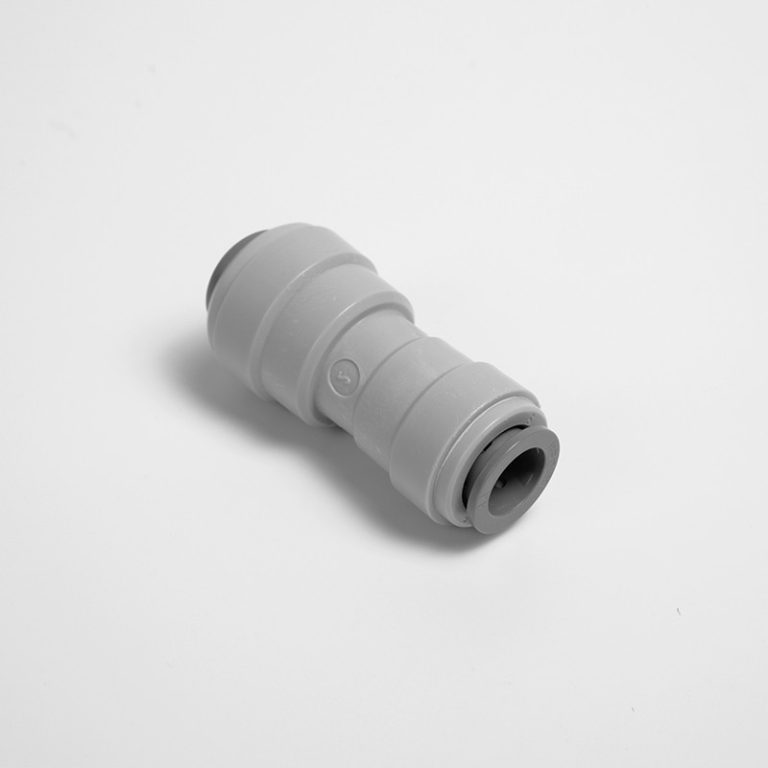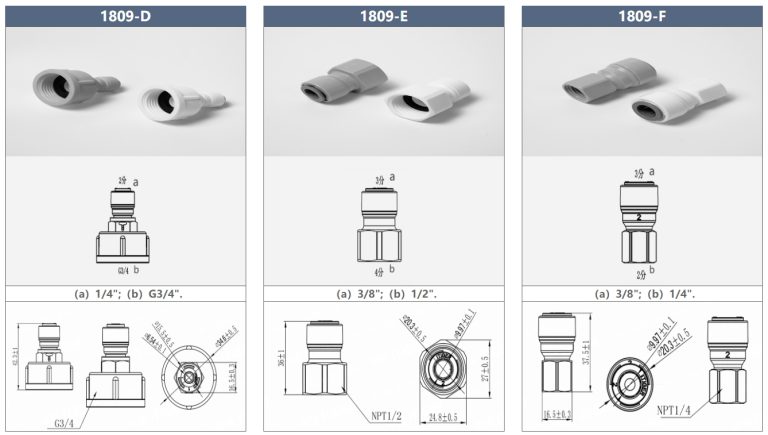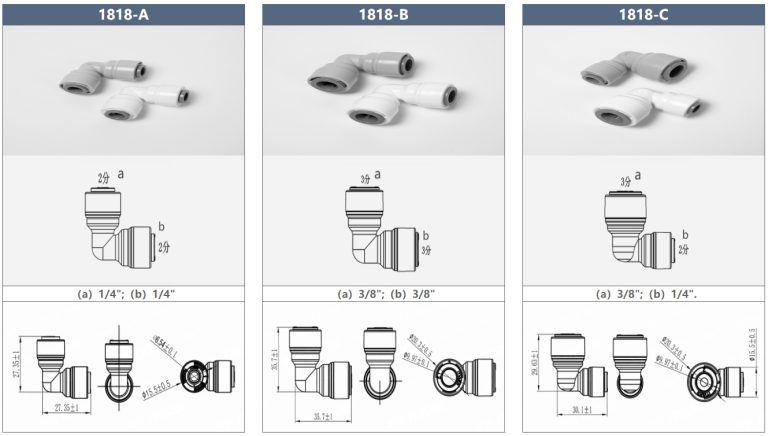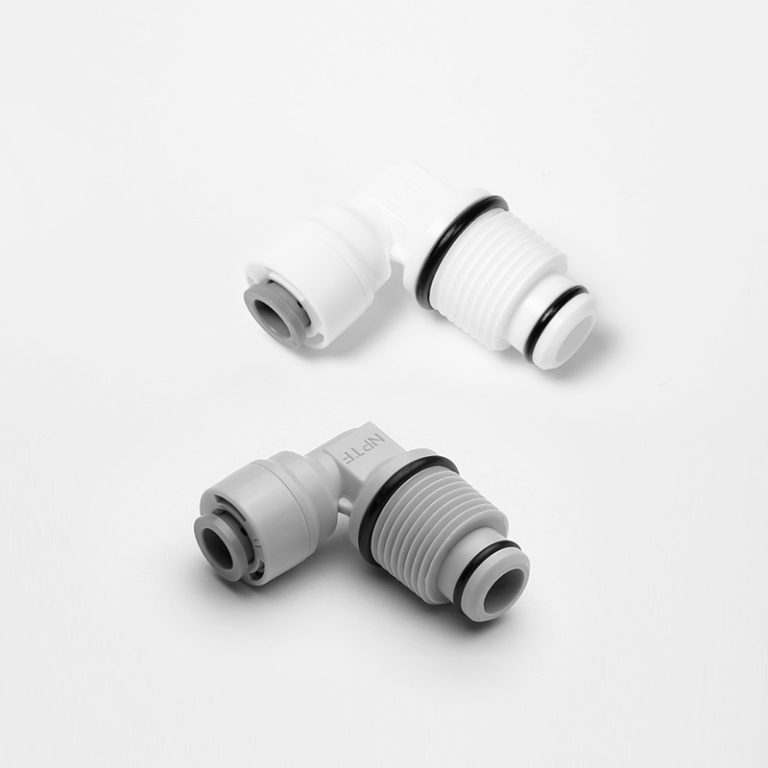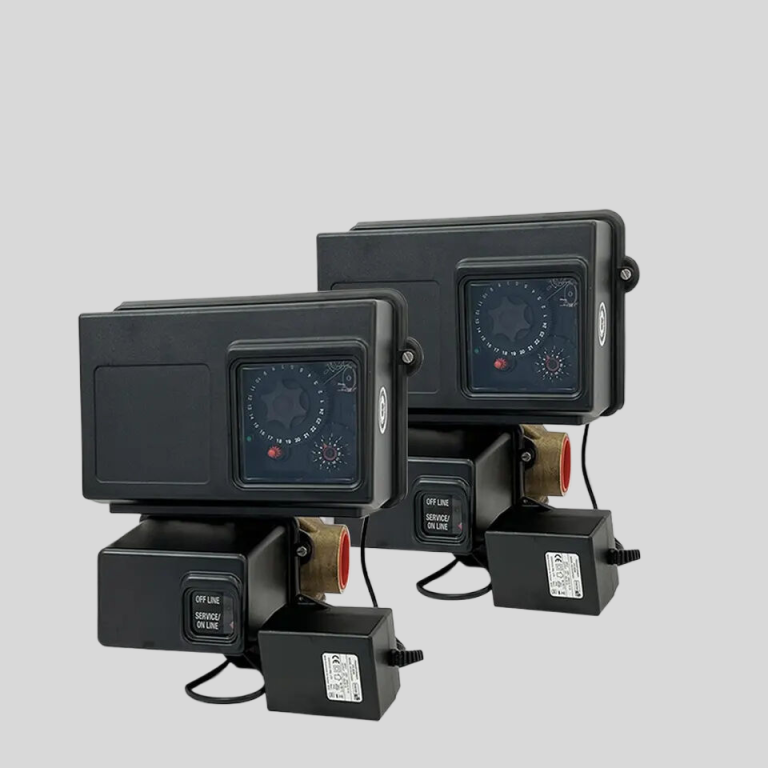PVC and conduit: Different materials, same purpose.
Table of Contents
Pros and Cons of Using PVC for Electrical Conduit
When it comes to electrical wiring, choosing the right conduit material is crucial for ensuring the safety and efficiency of your electrical system. One common material used for electrical conduit is PVC, or polyvinyl chloride. PVC is a popular choice for conduit due to its affordability, durability, and ease of installation. However, some people may confuse PVC with other types of conduit materials, such as metal or fiberglass. In this article, we will explore the pros and cons of using PVC for electrical conduit to help you make an informed decision for your wiring needs.
One of the main advantages of using PVC for electrical conduit is its affordability. PVC is a cost-effective material that is readily available at most hardware stores. This makes it a popular choice for DIY enthusiasts and contractors alike who are looking to save money on their electrical projects. Additionally, PVC is lightweight and easy to work with, making it a convenient option for installations in tight spaces or hard-to-reach areas.
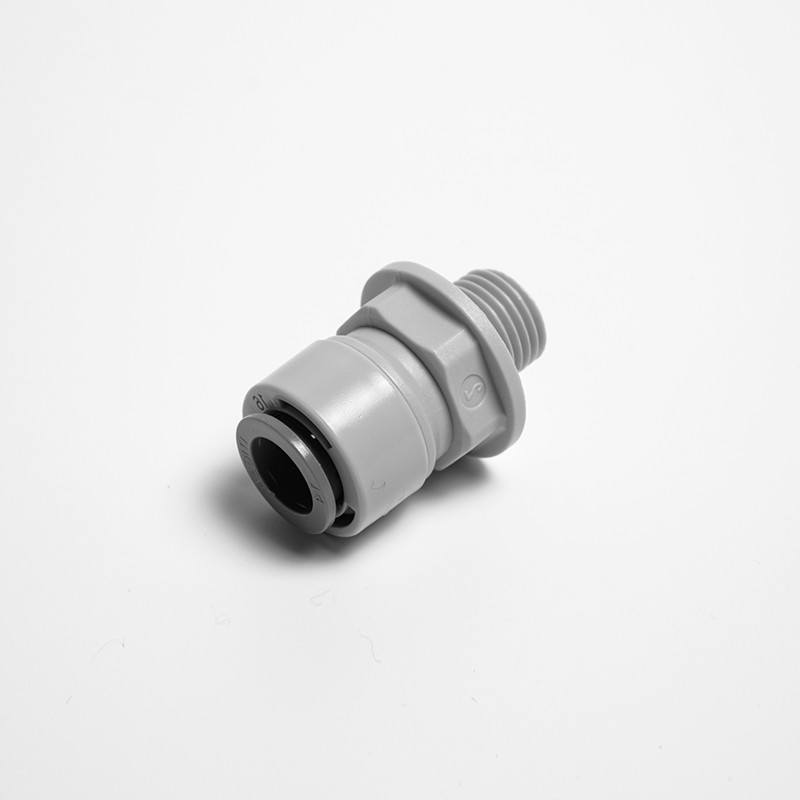
Another benefit of PVC conduit is its durability. PVC is a strong and resilient material that can withstand a wide range of environmental conditions, including extreme temperatures, moisture, and corrosive substances. This makes PVC conduit a reliable choice for outdoor installations or areas prone to moisture, such as basements or crawl spaces. Additionally, PVC is resistant to rust and corrosion, which can prolong the lifespan of your electrical system.
In terms of installation, PVC conduit is relatively easy to work with compared to other materials. PVC conduit can be cut to size using a simple hacksaw or PVC cutter, and it can be easily joined together using PVC cement or connectors. This makes PVC conduit a convenient option for DIY projects or installations that require flexibility and customization. Additionally, PVC conduit is non-conductive, which means it will not conduct electricity and pose a risk of shock or fire hazard.
https://www.youtube.com/watch?v=QziWUFvTWEg
Despite its many advantages, there are some drawbacks to using PVC conduit for electrical wiring. One of the main concerns with PVC conduit is its limited temperature resistance. PVC can become brittle and crack at high temperatures, which can compromise the integrity of the conduit and expose the wiring inside. This can be a safety hazard, especially in areas where the conduit is exposed to direct sunlight or heat sources. Additionally, PVC conduit is not as strong as metal conduit and may be more prone to damage from impact or pressure.
In conclusion, PVC conduit is a popular choice for electrical wiring due to its affordability, durability, and ease of installation. However, it is important to consider the limitations of PVC, such as its temperature resistance and strength, when choosing a conduit material for your electrical system. By weighing the pros and cons of using PVC conduit, you can make an informed decision that meets your wiring needs and ensures the safety and efficiency of your electrical system.
Key Differences Between PVC and Conduit for Electrical Wiring
When it comes to electrical wiring, choosing the right materials is crucial to ensure safety and efficiency. Two common options for protecting and organizing electrical wires are PVC and conduit. While they may seem similar at first glance, there are key differences between the two that can impact their suitability for different applications.
PVC, or polyvinyl chloride, is a type of plastic that is commonly used in construction for a variety of purposes, including electrical wiring. PVC is known for its durability, flexibility, and resistance to moisture and chemicals. It is often used for electrical conduits, which are protective tubes that house electrical wires and cables.
| Model | Tube(a) | Stem(b) |
|---|---|---|
| 1801-A | 1/4 | 1/4 |
| 1801-C | 1/4 | 3/11 |
Conduit, on the other hand, refers to the system of pipes or tubes that are used to protect and route electrical wiring. Conduit can be made from a variety of materials, including PVC, metal, and fiberglass. The primary purpose of conduit is to protect the wires from damage and to provide a safe pathway for the electrical current to flow.

One of the main differences between PVC and conduit is their composition. PVC is a specific type of material that is commonly used to make conduits, but not all conduits are made from PVC. Conduit can be made from a variety of materials, each with its own advantages and disadvantages.
Another key difference between PVC and conduit is their flexibility. PVC is known for its flexibility, which makes it easy to bend and shape to fit the needs of a particular installation. Conduit, on the other hand, is typically rigid and does not have the same level of flexibility as PVC. This can make conduit more difficult to install in certain situations, especially in tight spaces or around corners.
In terms of cost, PVC is generally more affordable than conduit made from other materials, such as metal or fiberglass. This can make PVC a more cost-effective option for certain projects, especially those with budget constraints. However, it is important to consider the specific needs of the project and the level of protection required when choosing between PVC and conduit.
When it comes to durability, both PVC and conduit are designed to protect electrical wires from damage and provide a safe pathway for the electrical current. However, conduit made from metal or fiberglass may offer greater protection in certain situations, such as in areas with high levels of moisture or exposure to chemicals. PVC is still a durable option, but it may not be as resistant to certain environmental factors as conduit made from other materials.
| Model | Tube(a) | Stem(b) |
|---|---|---|
| 1801-A | 1/4 | 1/4 |
| 1801-C | 1/4 | 3/13 |
In conclusion, while PVC and conduit are both used for protecting and organizing electrical wiring, there are key differences between the two that can impact their suitability for different applications. PVC is a type of material that is commonly used to make conduits, while conduit refers to the system of pipes or tubes that protect and route electrical wiring. PVC is known for its flexibility and affordability, while conduit made from other materials may offer greater protection in certain situations. When choosing between PVC and conduit, it is important to consider the specific needs of the project and the level of protection required to ensure a safe and efficient electrical installation.

